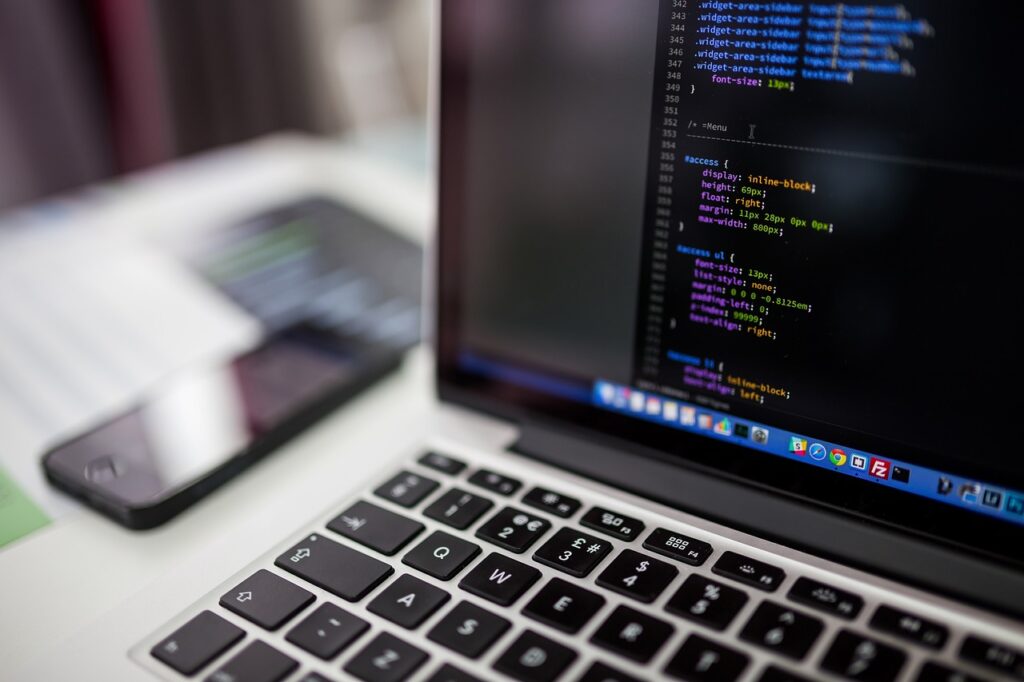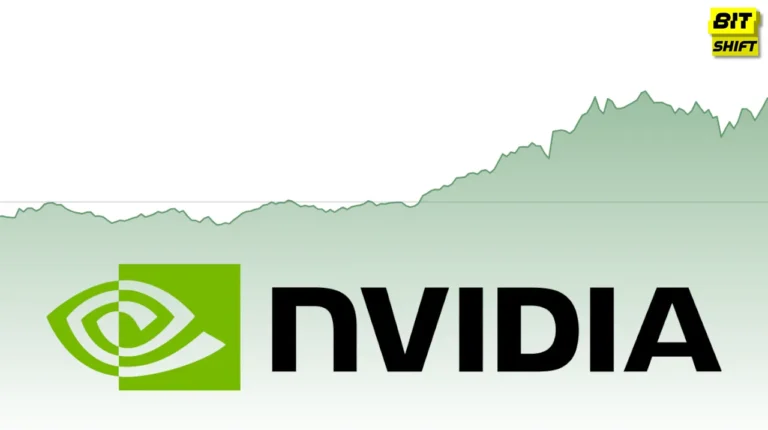Malicious, which means venomous, is often used in our day-to-day conversations and it signifies different things. Among them is Malicious code, which is often used in technology and cyber contexts. Nevertheless, what is it and is it as dangerous as it sounds? Well, if you’re in the same doubt, you have come to the right page. In this article, we will explain about Malicious code, its examples, and how to prevent the threat.
Malicious Code
Any specific code that can harm our personal computer, device, or network is known as malicious code. Meanwhile, its variants are Viruses, Worms, Trojan Horses, ransomware, and logic bombs among other malicious programs.
And while, Malicious code, is a type of language, through which threat actors communicate with aimed computers. This code is also used to manipulate a PC to achieve the desired changes. Malicious code is widely used for crafting numerous forms of malware and carrying out cyber attacks. Not only this but malicious codes are considered among the easy attacks as they can be re-used and automated. Hence, this also leads to frequent and faster cyber-attacks to take place.
Along with this, malicious codes can lead to several losses including,
- Backdoors
- Corruption of Data
- Distributed Denial-Of-Service (DDoS)
- Security Breaches
- Information and Data Theft
- Identity Theft
- Ransom and Extortion
- Potential Damage to Files and Computing Systems
According to cyber experts, languages like malicious codes can be tricky and can cause damage in a short amount of time.
Also Read – Instanavigation: View Instagram Story Anonymously, It’s Review & Alternatives
Types of Malicious Codes
Nevertheless, malicious codes can come in several forms and you should just keep an eye out to avoid it to the extent. Meanwhile, malicious code examples are,
Trojan Horses
A type of malicious code or malware software, a Trojan horse disguises itself as a standard program to mislead its target. Hence, its appearance deceives users while it continues to operate dangerous programs in the background without the user’s acknowledgement.
While they generally classify themselves according to the task they do, they can’t reproduce or spread themselves. Hence, this lessens the threat; nevertheless, it can be dangerous for its disguising capacity. At the same time, they include major malicious elements including viruses, worms, or other damaging codes.
Viruses
A type of malicious software that copies itself and spreads to other computers is called Viruses. While the self-replicating code is like viruses; it is often considered more dangerous due to the malicious code it carries. Meanwhile, at the same time, it can cause bandwidth degradation or denial of service through aggressive self-propagation. Additionally, its different forms include Polymorphic, Compression, Macro, Boot Sector, Multipart, and stealth virus.
Worms
Another kind of dangerous malicious code, language which spreads itself without attaching to a program is called Worms. Nevertheless, it is considered one of the most dangerous viruses due to the code it carries.
Meanwhile, for instance, the Stuxnet Computer Worm was created by the United States and Israeli intelligence to destroy an important part of Iran’s Nuclear Program. Additionally, such a worm exploits multiple previous programs and critical infrastructure. Besides, it was specially designed to exploit multiple previously unknown centrifuges that Iran was using to extract uranium. Although the worm has not been used; however, its source code has been used to create similar highly targeted cyber-attacks.
How Can Malicious Code Cause Damage?
While there are several types of malicious codes, each one comes with a specific intensity of damage. Meanwhile, they can do damage by corrupting files, erasing your hard drive, and/or allowing hacker access. Along with its damage, it can spread by e-mail attachments, downloading files, and visiting infected websites.

How Can You Avoid Downloading Malicious Code?
Although malicious code comes in unidentified forms, several practices can be used to elevate your cyber security practices. Some of them are,
Practising Good Cybersecurity Habits
Your organisation and its employees must take care of adequate cybersecurity. Besides these will improve cyber health while advising to take precautions online with sensitive information. Along with maintaining cyber health, it also includes regularly updating security software on the PC.
Using Antivirus Software
Another practice is installing antivirus software to scan, identify, and eliminate viruses from computers. It also includes protecting your computer, keeping your network safe, saving your private and sensitive data, and business information secure. Nevertheless, not all antivirus software can treat certain infections.
Using Cybersecurity
Along with antivirus software, there are several top-notch cybersecurity solutions. Meanwhile, these solutions protect your organisation from malicious code and cyber attacks. Some of the cyber security solutions are,
- Sanford
- FortiGate: Next Generation Firewall (NGFW)
- Check Point Quantum.
- PA-Series.
- Cisco Secure Firewall.
- Sophos Firewall.
- SonicWall NSa Series.
- Firebox.
- SRX Series.
Also Read – How to Set Up A Ghost E-Commerce: Guide & Launch Steps
Malicious code-related questions that are asked in quizzes:
1. Which of the following is not a type of malicious code?
- Virus
- Worm
- Firewall
- Trojan
Answer: 3. Firewall
2. Which of the following is a way to prevent the spread of malicious code? (MALICIOUS CODE)
Answer: Scan all external files before uploading to your computer.
3. Which of the following is an example of malicious code?
- Trojan horse
- Worm
- Virus
- Spy gear
Answer: 4. Spy Gear
4. Which of the following is NOT a way that malicious code spreads?
- Legitimate software updates
- Legitimate hardware updates
Answer: 2. Legitimate Hardware Updates
Conclusion
There are several unfortunate side-effects of the technological era and one of them is malicious code. Hence, it’s important to employ the best cybersecurity to keep your organisation safe among other practices. And while hiring a cybersecurity firm is only half of the solution. The primary step is maintaining cybersecurity hygiene by utilising enhanced tools and platforms to effectively protect your PC.






